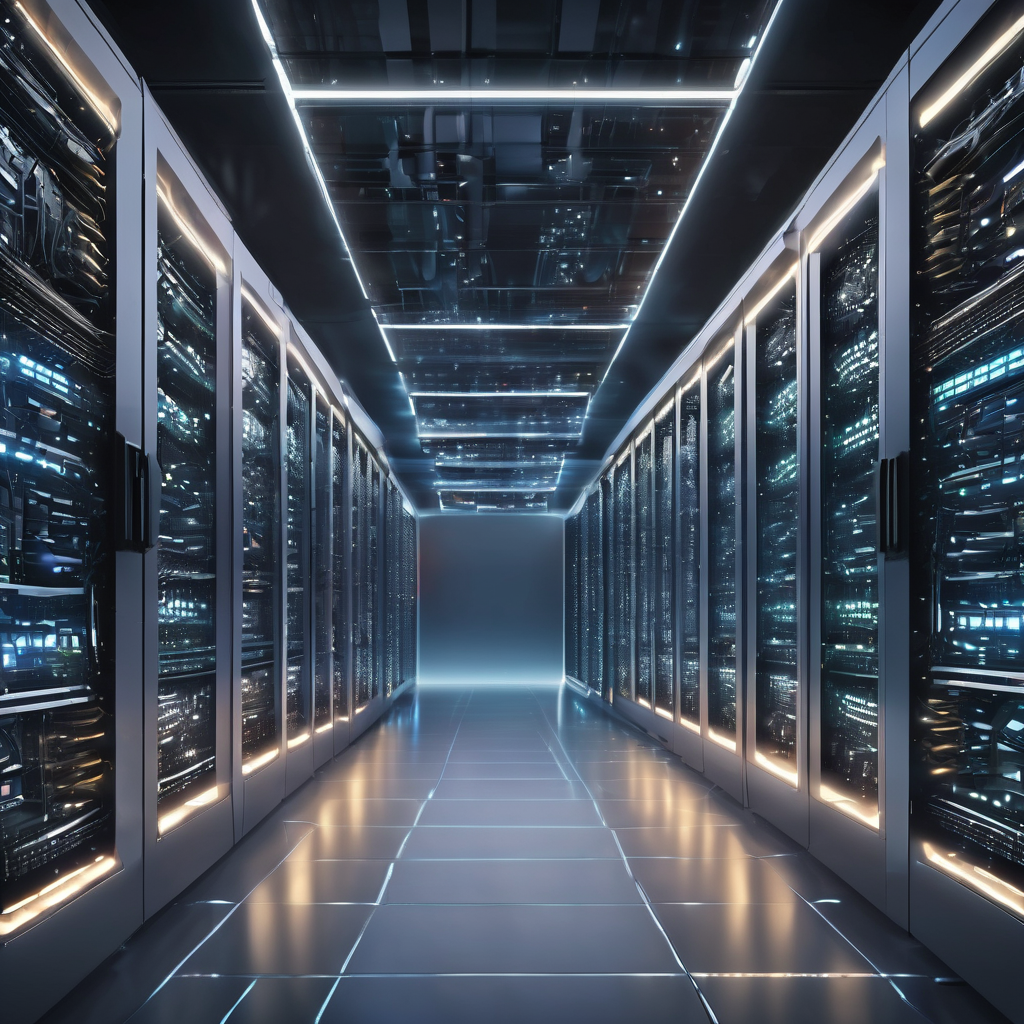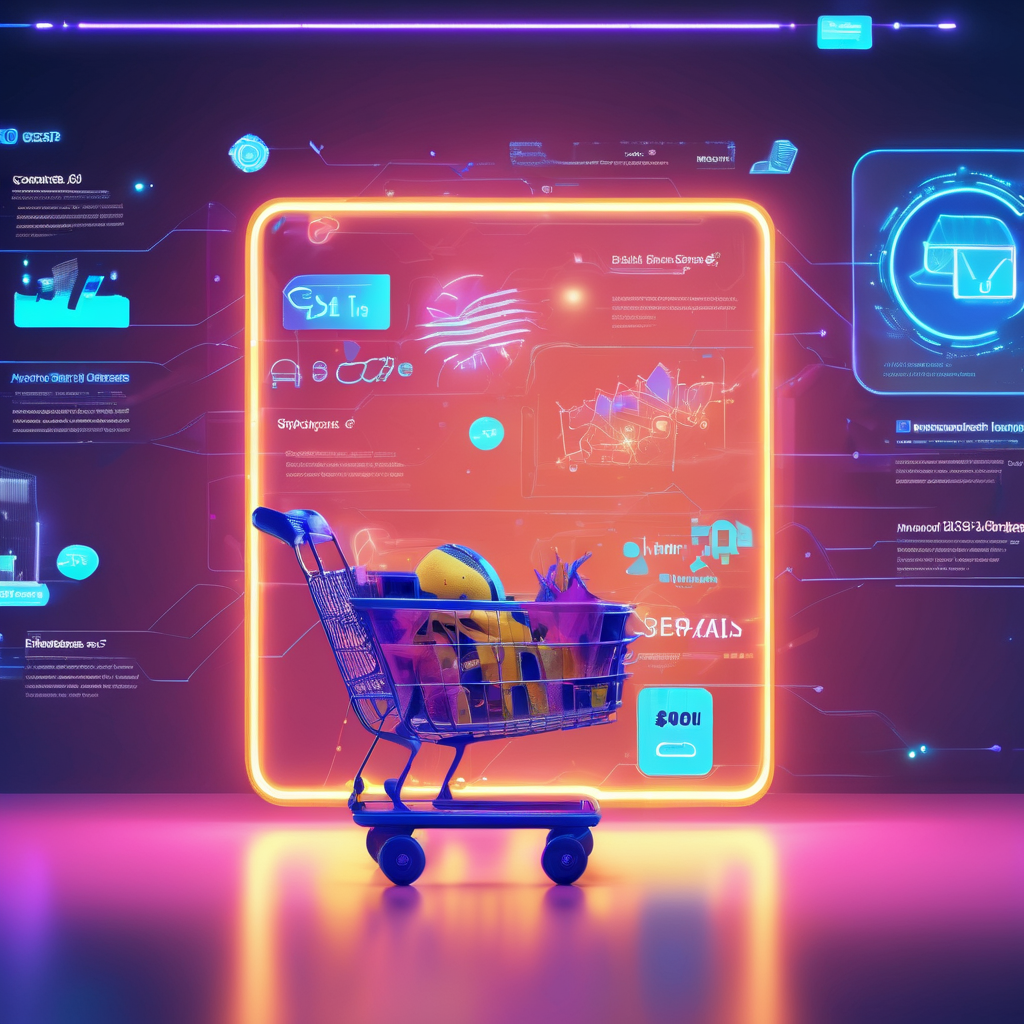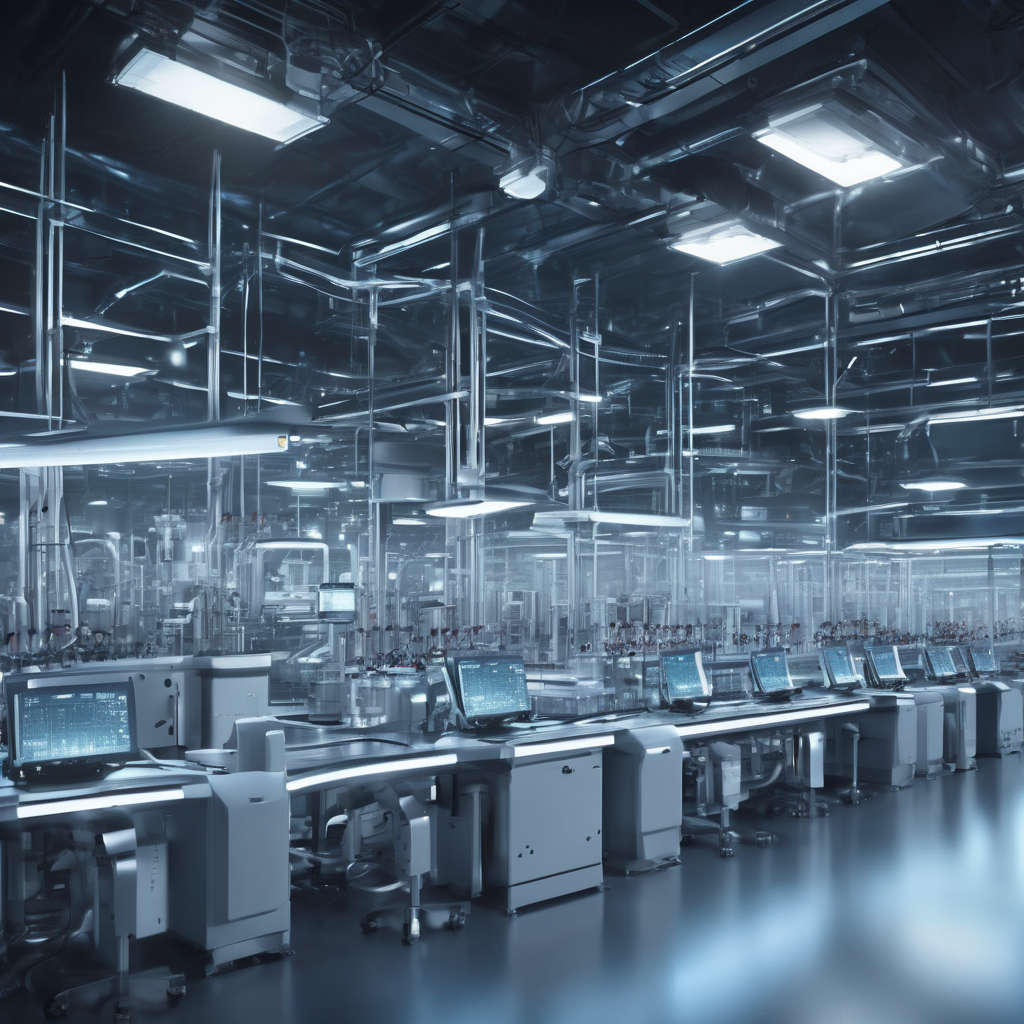
At the recent Goldman Sachs Private Innovative Company Conference in Las Vegas, a notable divergence emerged between public software companies and private AI firms. Public companies face mounting pressure amid AI-driven disruptions, whereas private AI firms continue attracting robust investments. This contrast underscores shifting dynamics in the AI sector, as IPOs and financing structures come under increased scrutiny. Central to the discussion is the financing of AI infrastructure development. Industry leaders like Google and Nvidia are pioneering innovative financial approaches to support AI hardware growth in data centers. Google, mirroring Nvidia’s established strategy, leverages its strong balance sheet and credit rating to secure significant funding for expanding data centers optimized for its proprietary Tensor Processing Units (TPUs). A key example is a recent $1. 8 billion lease backstop deal involving Google, TeraWulf, and FluidStack. This agreement enables TeraWulf and FluidStack to build AI-ready data facilities while reducing lender risk; in exchange, Google gains deployment capacity for its TPUs and equity warrants, aligning its financial interests with infrastructure success. This closely parallels Nvidia’s model, where financial support facilitates GPU deployment, fostering adoption and control over AI hardware ecosystems. Through these tactics, Google and Nvidia transcend traditional roles in chip manufacturing and software development, effectively acting as lenders for AI infrastructure. This enables them to shape technology advancements alongside the financial frameworks underpinning AI scalability and innovation. Concurrently, Wall Street has witnessed a surge in debt issuance by hyperscale tech firms including Google, Meta, and Amazon.
Collectively, these companies issued over $75 billion in bonds during the fall alone—surpassing their combined bond issuance over the previous three years. While reflecting aggressive funding efforts for AI infrastructure and expansion, this surge raises concerns among bond investors due to rising credit spreads and market anxiety over increased leverage risks. This evolving scenario highlights that rivalry between AI hardware—Google’s TPUs versus Nvidia’s GPUs—extends beyond technology into financial innovation and capital markets. How major players structure financing, manage risk, and collaborate with partners like TeraWulf and FluidStack will define the trajectory of AI infrastructure deployment. As AI continues transforming industries, the interplay between technological leadership and financial strategy remains critical. Hyperscale companies’ reliance on debt markets and strategic alliances to balance risks and rewards illustrates the complexity of scaling AI infrastructure globally. Investor and bond market responses will crucially impact these firms’ ability to align growth objectives with financial stability. In summary, the Goldman Sachs conference spotlighted the multifaceted challenges and innovations shaping the AI ecosystem. Tech giants such as Google and Nvidia are advancing chip design and software while innovating financing models to underpin the extensive infrastructure needed for next-generation AI applications. Meanwhile, public companies grapple with market pressures contrasting sharply with private AI firms’ optimism and investment momentum. This dynamic landscape is poised to evolve rapidly as financial creativity and technological breakthroughs continue converging to shape AI’s future on economic and technological fronts.
Google and Nvidia Innovate Financing Models to Drive AI Infrastructure Growth


The Accelerated Transition to AI-Enhanced Video Conferencing in Remote Work Settings The widespread move toward remote work has greatly increased reliance on video conferencing platforms, driving rapid innovation in integrating artificial intelligence (AI) to enhance virtual collaboration

Fast Hippo Media, a national leader in AI search engine optimization, has unveiled breakthrough outcomes for clients using its proprietary Content Everywhere platform, combined with advanced AI SEO and Answer Engine Optimization (AEO) strategies.

Selling products online often appears simpler than it truly is.

Causal AI Market Pune, India – Exactitude Consultancy, November 2025 – The global Causal AI Market is witnessing significant growth as organizations increasingly adopt advanced AI technologies capable of understanding cause-effect relationships rather than just correlations

SEMI, a prominent industry association serving the global electronics manufacturing and design supply chain, has published its latest 300mm Fab Outlook report, offering a positive forecast for the semiconductor manufacturing industry worldwide.

In recent months, the use of artificial intelligence (AI) in advertising has sparked intense controversy and debate over the quality, authenticity, and ethical implications of AI-generated content.

The rapid progression and widespread adoption of artificial intelligence technology have given rise to AI-generated newscasts, a development profoundly transforming the media landscape.
Launch your AI-powered team to automate Marketing, Sales & Growth

and get clients on autopilot — from social media and search engines. No ads needed
Begin getting your first leads today